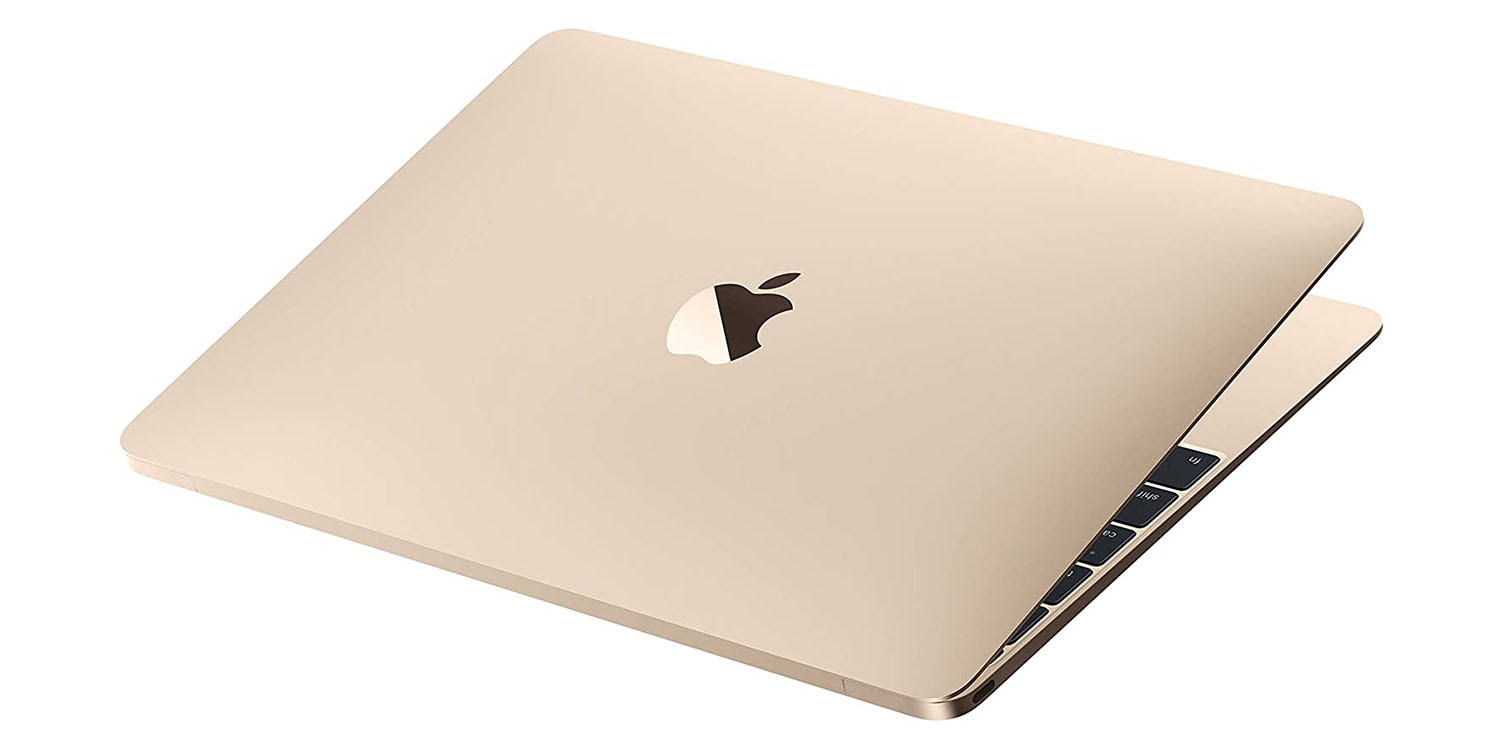
Apple Silicon Macs – chip production on schedule for Q4
by Ben LovejoyChip production for the first Apple Silicon Macs is reported to be on schedule for launch before the end of the year.
A new supply-chain report today says that mass-production is set to kick off in the final quarter of the year …
Digitimes carries the report.
Apple will kick off its 5nm wafer starts at TSMC for its new Apple Silicon processors starting the fourth quarter of 2020, with monthly output estimated at 5,000-6,000 wafers, according to industry sources.
The number of chips per wafer varies considerably, depending on a range of factors which obviously include the size of the chip and the diameter of the wafers, but can also be significantly impacted by the defect rate. It can range from hundreds of chips at the low end to tens of thousands at the high end.
For a System On a Chip (SoC) like the A14X expected to power the first Apple Silicon Macs, it’s likely to be in the hundreds. This would suggest initial capacity in the single-digit millions per month.
A report last week suggested that one of the first ARM-powered Macs will be a revamped version of the 12-inch MacBook.
Industry sources pointed out that the first A14X processor designed by Apple has been finalized and will begin mass production using TSMC’s 5nm process before the end of the year.
Apple’s supply chain industry pointed out that by the end of this year, Apple is expected to launch a Macbook with a 12-inch Retina Display, using a self-developed and designed A14X processor. The processor is codenamed Tonga and supports a USB Type-C interface. It will weigh less than 1 kilogram.
The increased power efficiency of an Apple-designed chip is said to provide an expected battery-life of 15-20 hours.
One big question will be how realistic that estimate is in real-life use. Macs typically deliver 50-60% of their claimed battery life, while iPads often meet or exceed their claims. There are of course a great many differences between the two types of device, but if the CPU is a significant factor, that could see an Apple Silicon Mac getting much closer to the target battery life.
For me, such a machine could potentially take over from my iPad Pro with Magic Keyboard as my ultra-portable device.
Much as I love my iPad Pro with Magic Keyboard, I’m still a Mac guy more than an iPad guy. A lot of what I do even for leisure use involves multitasking, and iPadOS is still pretty painful there compared to macOS. My iPad would still have a role, but a 12-inch MacBook that matches or beats its battery life? No contest for most stuff.
In that scenario, the 16-inch MacBook Pro would remain my primary machine, and I’d still travel with it when I need to work from a hotel room. But for pure leisure travel and coffee shop use, the 12-inch MacBook would be my machine of choice. Indeed, it would then be my iPad that would be hard to justify.